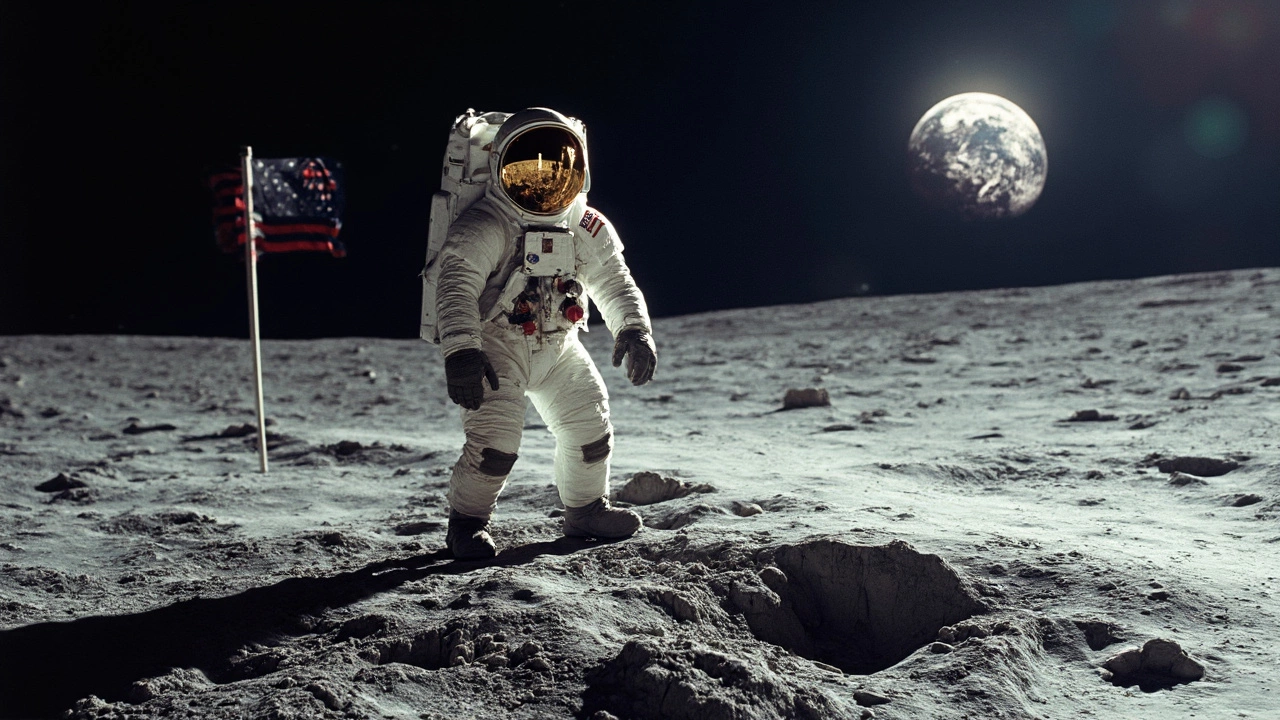Neil Armstrong: The First Man on the Moon and His Legacy in STEM
When Neil Armstrong, the first human to set foot on the Moon during NASA’s Apollo 11 mission in 1969. Also known as the first lunar explorer, he didn’t just step onto the Moon—he stepped into history as a symbol of what focused science, engineering, and courage can achieve. His famous words, "That’s one small step for man, one giant leap for mankind," weren’t just poetic. They were a quiet reminder that big breakthroughs start with small, precise actions—exactly how real science works.
Neil Armstrong wasn’t just an astronaut. He was an engineer, a test pilot, and a problem-solver who understood that space travel isn’t about grand gestures—it’s about systems that work under impossible pressure. His mission relied on thousands of people: mathematicians calculating trajectories, materials scientists designing heat shields, software engineers writing code for computers smaller than today’s smartwatches. This is the real story behind every space mission: collaboration, precision, and relentless testing. And that’s the same DNA behind today’s innovations in India—whether it’s ISRO’s Mars orbiter, a biotech lab in Bengaluru developing low-cost diagnostics, or engineers building solar microgrids for remote villages.
Today, when we talk about space exploration, the pursuit of understanding and traveling beyond Earth’s atmosphere, we’re still standing on the foundation Armstrong helped build. His legacy isn’t just in the Moon rocks he brought back, but in the mindset he embodied: curiosity driven by discipline. You don’t need to be an astronaut to think like one. Every time a student in India solves a complex math problem to optimize a drone’s flight path, or a researcher designs a new algorithm to track climate data, they’re following the same path—asking questions, testing answers, and refusing to accept limits.
And while Armstrong walked on the Moon, today’s young scientists in India are building the next generation of tools—AI-powered satellites, reusable rockets, and life-support systems for future lunar bases. The same principles that guided Apollo 11—reliability, teamwork, and clear goals—are now shaping India’s space, energy, and health tech revolutions. You won’t find Neil Armstrong in today’s headlines, but you’ll find his spirit in every lab, every codebase, every rocket launch that dares to reach further.
Below, you’ll find real stories from Indian STEM fields that mirror the same values Armstrong lived by: solving hard problems with simple, smart solutions. No hype. No fluff. Just the kind of work that changes the world—one step at a time.





